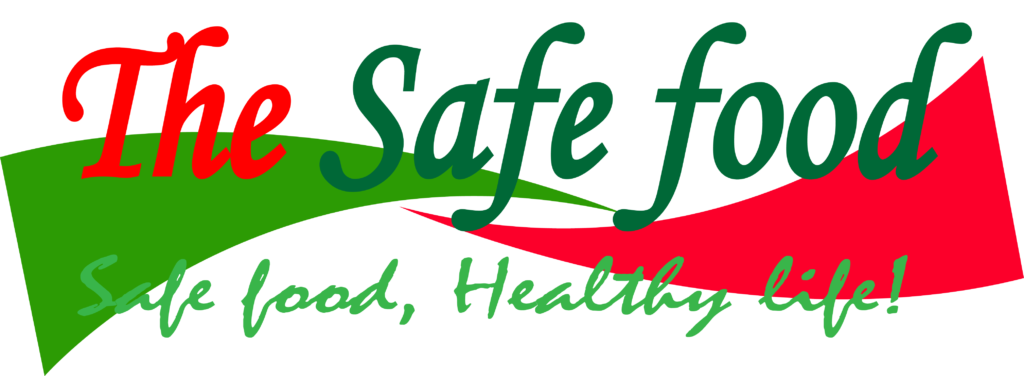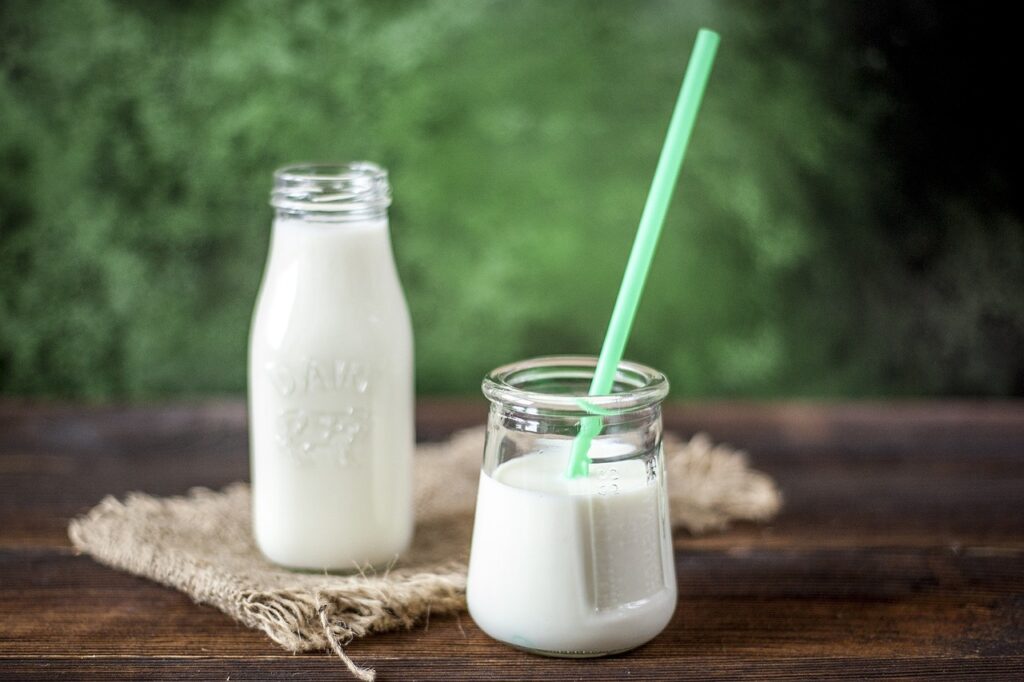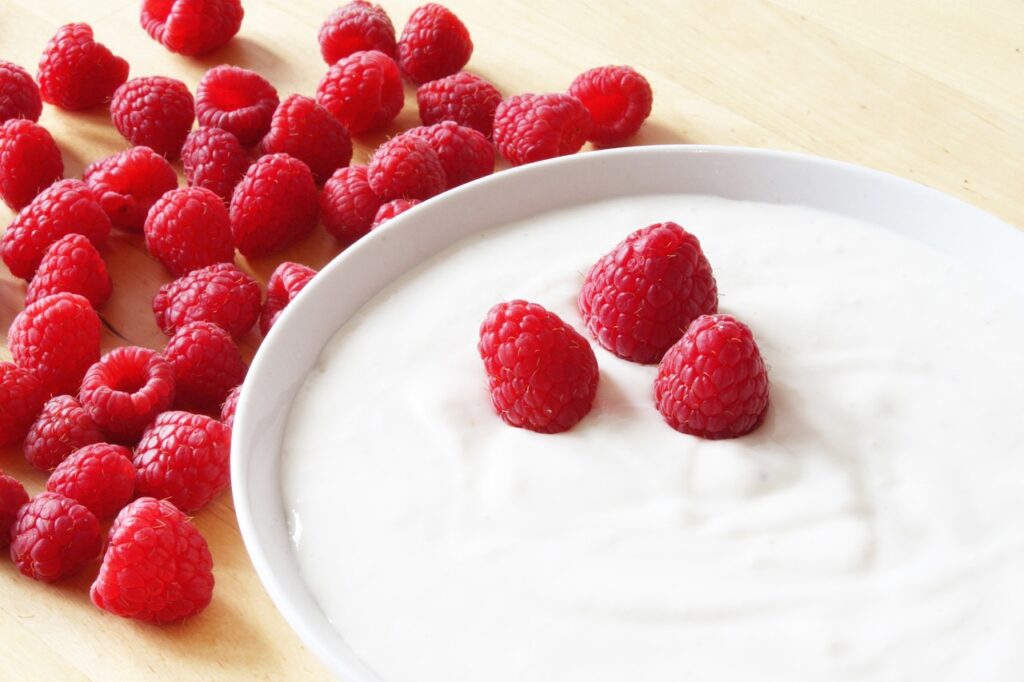Introduction
Making yoghurt is an easy process that can be done at home by anyone. Yogurt is a fermented milk product that contains the characteristic bacterial cultures Lactobacillus bulgaricus and Streptococcus thermophilus. Fermented milks are prepared from one or combination of the following: whole milk, partially or fully skimmed milk, concentrated milk, buttermilk which are pasteurized or sterilized and fermented by means of specific micro-organisms which have to be viable, active and abundant in the finished product at the time of sale for consumption (KEBs)
Food safety knowledge is for all!

Every consumer deserves to have high quality and safe food. …Read more!

Bacterial Cultures used in yoghurt
The main (starter) cultures in yogurt are Lactobacillus bulgaricus and Streptococcus thermophilus. The function of the starter cultures is to ferment lactose (milk sugar) to produce lactic acid. The increase in lactic acid decreases pH and causes the milk to clot, or form the soft gel that is characteristic of yogurt.
The fermentation of lactose also produces the flavor compounds that are characteristic of yogurt. Other bacterial cultures, such as Lactobacillus acidophilus, Lactobacillus subsp. casei, and Bifido-bacteria may be added to yogurt as probiotic cultures. Probiotic cultures benefit human health by improving lactose digestion, gastrointestinal function, and stimulating the immune system.

Processing steps for making yoghurt
The process of making yogurt involves several steps, including:
- Milk preparation: The first step in making yogurt is to prepare the milk. This typically involves pasteurization – heating the milk to a specific temperature (usually around 85-90°C) to kill any bacteria or microorganisms that may be present, and then cooling it to a temperature that is suitable for the addition of the culture (usually around 42-45°C). Whole milk, skimmed milk or any other type of milk can be used to make yogurt. Sugar may be added at this stage before pasteurization is complete.
- Reason for high temperature pasteurization in making yoghurt: High temperatures results in the formation of β-Lactoglobulin and κ-Casein complex which enhances the binding of moisture in the matrix which ensures that water does not separate from the product but rather gets trapped to give the product its characteristic viscosity. Low temperature (63°C for 30 Minutes) employed in cheese making does not result in the formation of this complex and hence when denaturation occurs, the water separates from the solids with the latter forming curd.
- Culturing: After the milk has been prepared, a culture of lactic acid bacteria is added to the milk. These bacteria ferment the lactose in the milk, converting it into lactic acid, which gives yogurt its characteristic tangy taste and thick texture. The culture can be a commercial culture, or a small amount of yogurt from a previous batch can be used as a starter.
- Incubation: The milk and culture are then incubated for several hours. During this time, the bacteria ferment the lactose in the milk, producing lactic acid and thickening the milk. The temperature and time of incubation will depend on the type of yogurt being made and the desired texture.
- Flavouring and colouring: The yogurt can be flavored with various ingredients such as fruits, syrups, chocolate, etc. Appropriate colours may be added as well.
- Packaging and storage: The yogurt is then packaged and stored in a refrigerator. The storage temperature is usually around 4°C.
Our Blog ↗
Read the latest from our blog
Ask a Question ↗
Ask a question and get answers from our community
Give Feedback ↗
We value your feedback.


